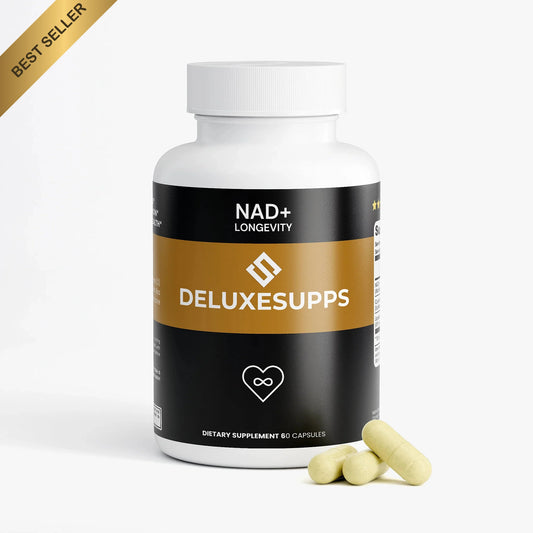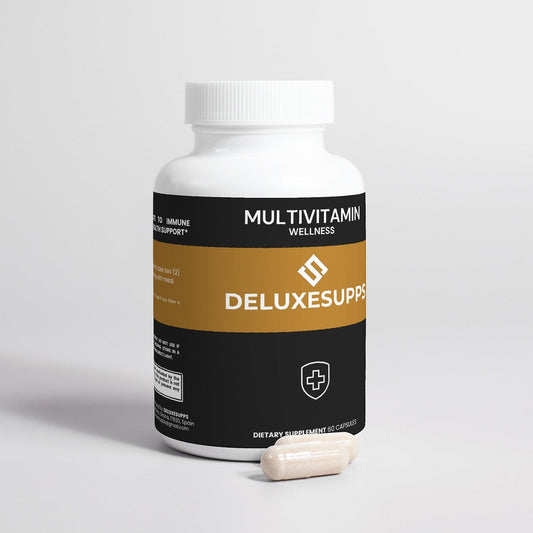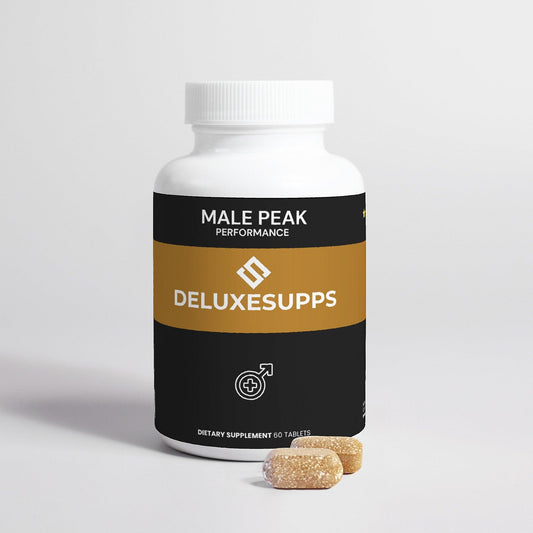Updated on: 2025-11-19
Table of Contents
- Did You Know? Facts about plant based protein powder
- Expert tips to evaluate plant based protein powder
- How to compare plant-based protein supplement options
- Personal anecdote: choosing plant based protein powder
- Summary and takeaways on plant based protein powder
- Plant based protein powder Q&A
- About the author: plant-based protein insights
Plant based protein powder has become a practical option for daily nutrition, training support, and meal planning. Whether you prefer a vegan protein powder or a broader plant-based protein supplement, a structured selection process helps you match the product to your taste, texture preferences, and budget. This article outlines the key variables that influence quality, from amino acid profile and protein yield to flavor systems and mixing performance. It also clarifies the role of pea protein powder, brown rice protein powder, and multi-source blends in meeting diverse needs.
Did You Know? Facts about plant based protein powder
- Plant-based protein supplement categories include single-source (such as pea or rice) and multi-source blends designed to balance texture and amino acid coverage.
- Pea protein powder is often valued for its smooth texture in shakes, while brown rice protein powder can contribute a lighter mouthfeel when blended.
- Some formulas add seeds or legumes (for example, chia or fava bean) to broaden the essential amino acid profile in a single scoop.
- Flavor systems vary widely; unflavored versions are preferred for cooking and baking because they integrate with both savory and sweet recipes.
- Shoppers frequently look for organic plant-based protein powder for weight loss goals; many use “organic” and “no added sugar” filters to simplify choices.
- Serving sizes differ; reviewing grams of protein per scoop and the number of servings per container helps estimate real monthly costs.
Expert tips to evaluate plant based protein powder
- Define the primary use case. Daily shakes, post-workout smoothies, or recipe integration may favor different textures and flavors.
- Start with the label. Look at protein per serving, total calories, ingredient order, and the presence of sweeteners or gums.
- Assess amino acid completeness. Many blended plant-based protein supplement formulas aim for balanced coverage to support general dietary adequacy.
- Check for third-party testing. Transparency around quality checks can indicate consistent manufacturing standards.
- Compare unflavored and flavored variants. Unflavored versions tend to adapt better to cooking; flavored versions can simplify shakes.
- Consider dietary preferences. Soy-free, gluten-free, and non-GMO markers can be useful filters for sensitive consumers.
- Calculate cost per 20–30 grams of protein. Standardizing by protein quantity allows a fair cost comparison across brands.
- Explore single-serve sachets first if available. Small trials can prevent a large commitment to a flavor that does not suit your palate.
How to compare plant-based protein supplement options
- Identify your goal. Clarify if you want a daily smoothie base, a cooking ingredient, or a training-support scoop.
- Check protein density. Compare grams of protein per serving and the number of servings per container to estimate real monthly needs.
- Review the sources. Note whether it is pea protein powder, brown rice protein powder, or a blend; blends can help round out texture and amino acid coverage.
- Scan additives. Examine sweeteners, flavors, thickeners, and allergens; choose what aligns with your preferences.
- Verify certifications. Organic, non-GMO, and quality-testing disclosures provide useful purchasing signals.
- Test mixability and taste. Try small sizes to judge texture in water, milk alternatives, and recipes before buying larger tubs.
- Standardize cost. Divide the price by total grams of protein to compare value across products in an objective way.
For broader learning on nutrition basics and ingredient education, consult the latest articles in Suppspedia. If you prefer to explore complementary wellness products, you can browse All products for additional options that fit into a balanced routine.
Personal anecdote: choosing plant based protein powder
When I first switched to plant based protein powder, I started with a blend because it promised a neutral taste and straightforward mixing. My initial goal was simple: build a reliable smoothie routine that worked every day without a complicated recipe. I tested an unflavored version in oatmeal and soups and found it easy to integrate, though it required extra stirring. Over time, I refined the choice by comparing protein density, cost per serving, and the list of sweeteners. The final decision came down to a vanilla flavor that mixed cleanly in water and almond milk and held up in coffee-based shakes. The routine has remained consistent because the product selection process was methodical and aligned with my preferences.
Summary and takeaways on plant based protein powder
- Clarify your primary use case before comparing labels; texture and flavor needs differ for shakes versus cooking.
- Examine protein per serving, source type, and ingredient list to evaluate quality and fit.
- Pea protein powder and brown rice protein powder both serve useful roles; blends help balance texture and amino acid coverage.
- Cost per standardized protein amount (for example, per 20–30 g) offers an objective value comparison across products.
- Start with small sizes to test mixability and taste in your preferred liquids and recipes.
Plant based protein powder Q&A
What is plant-based protein powder?
Plant-based protein powder is a supplemental protein product made from plant sources such as peas, rice, hemp, pumpkin seeds, or mixed blends. It is commonly used to increase daily protein intake and to provide a convenient option for smoothies and recipes. The category includes products marketed as vegan protein powder and plant-based protein supplement, and it spans unflavored and flavored varieties designed for different preferences.
Is plant-based protein powder good for muscle gain?
Plant-based protein powder can help you meet daily protein targets, which is one factor many individuals consider when pursuing training adaptations. Meeting protein needs, maintaining consistent training, and following a suitable overall diet are typical components of a muscle-focused plan. Many blended formulas aim to provide a balanced amino acid profile, and single-source options can be combined with varied meals to support a complete diet approach.
How do pea protein powder and brown rice protein powder compare?
Pea protein powder often delivers a smoother, slightly thicker texture that works well in shakes. Brown rice protein powder typically has a lighter mouthfeel and is often paired with pea or other sources to broaden the amino acid profile. The choice depends on taste, texture tolerance, and how you plan to use the powder. Many users choose blends to balance flavor, mixability, and amino acid coverage in one scoop.
What is the best plant-based protein powder for athletes?
The best plant-based protein powder for athletes varies by sport, schedule, and dietary preferences. Some athletes prioritize blends with complete amino acid coverage and straightforward mixability to support tight training windows. Others prefer unflavored versions to integrate into meals. When narrowing choices, compare protein density per serving, ingredient lists, and any quality-testing disclosures to select an option that suits your routine.
How does organic plant-based protein powder for weight loss fit into a plan?
Many people look for organic plant-based protein powder for weight loss because they value certified ingredients and minimal additives. When assessing such products, evaluate serving size, total calories, and flavor systems to see how they fit into your daily meals. A structured approach—planning portions, tracking total intake, and choosing flavors you enjoy—often supports consistent use.
For readers interested in broader wellness staples that can complement a streamlined routine, consider reviewing Complete Multivitamin or exploring adaptogenic blends such as Mushroom Complex to round out pantry essentials.
About the author: plant-based protein insights
Deluxesupps Deluxesupps
Deluxesupps Deluxesupps is a nutrition-focused writer with expertise in product labeling, ingredient sourcing, and consumer education across the supplement category. The goal is to help readers compare options with clarity and make practical choices. Thank you for reading and for striving for informed, consistent routines.
The content in this blog post is intended for general information purposes only. It should not be considered as professional, medical, or legal advice. For specific guidance related to your situation, please consult a qualified professional. The store does not assume responsibility for any decisions made based on this information.












